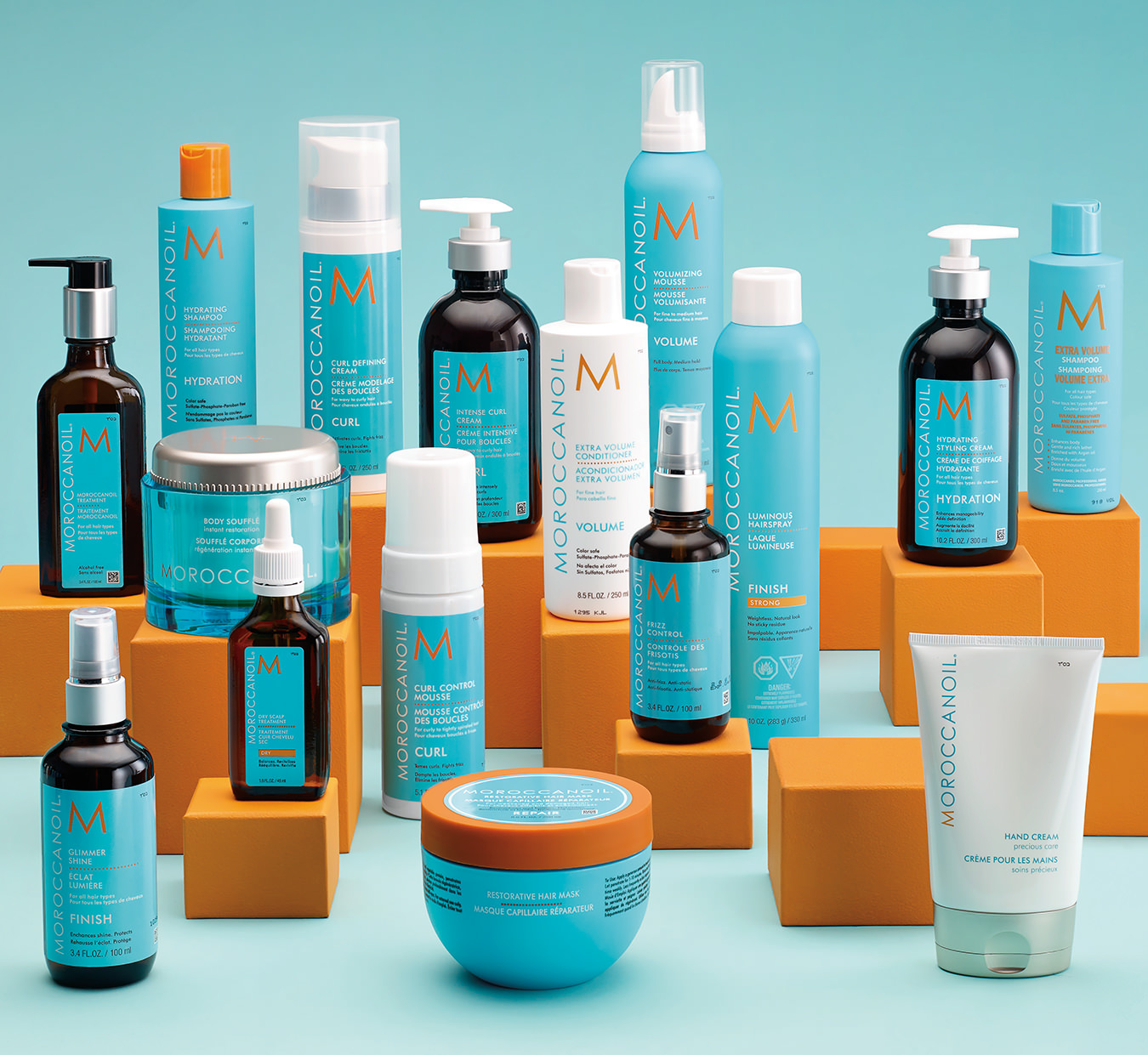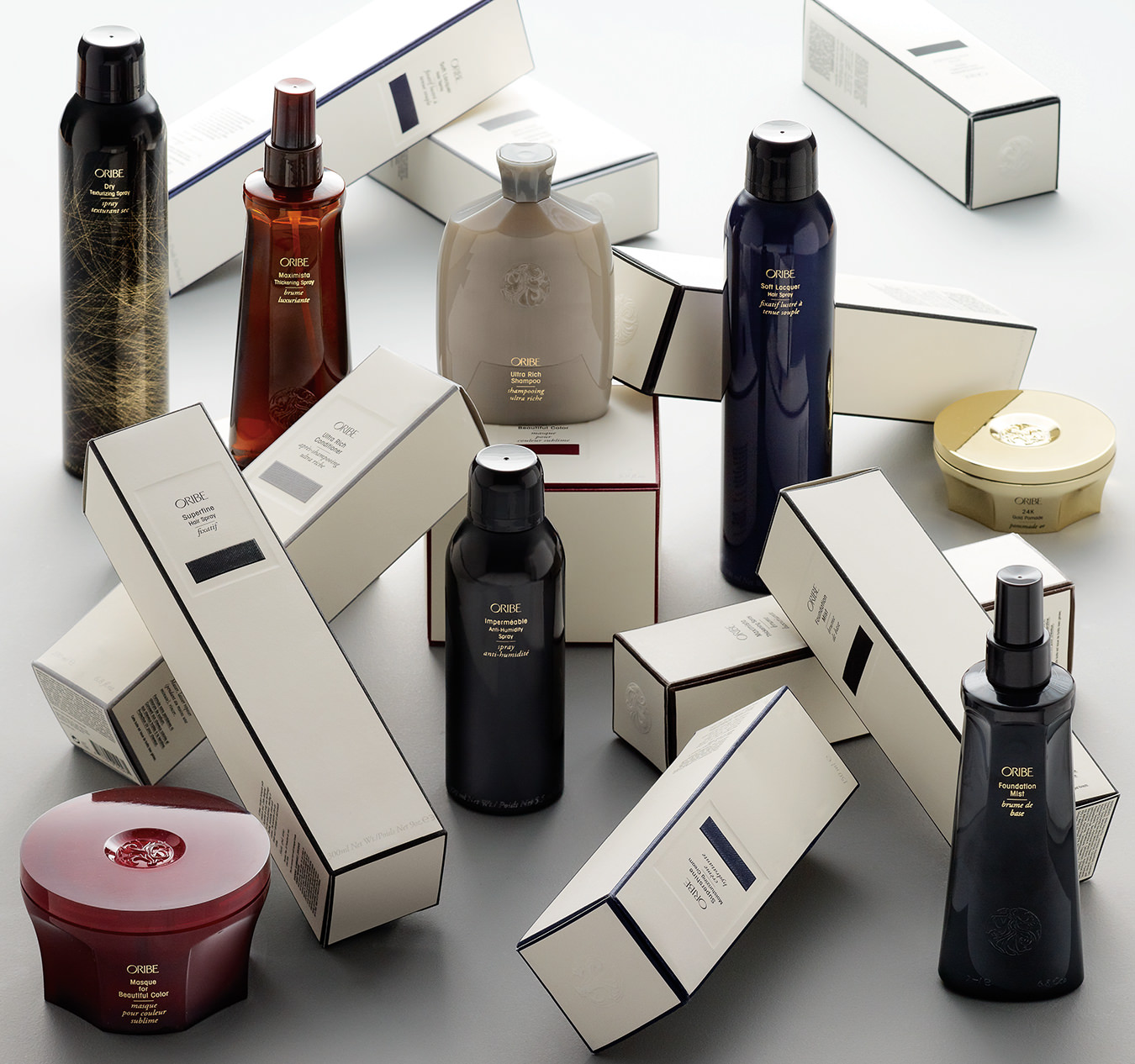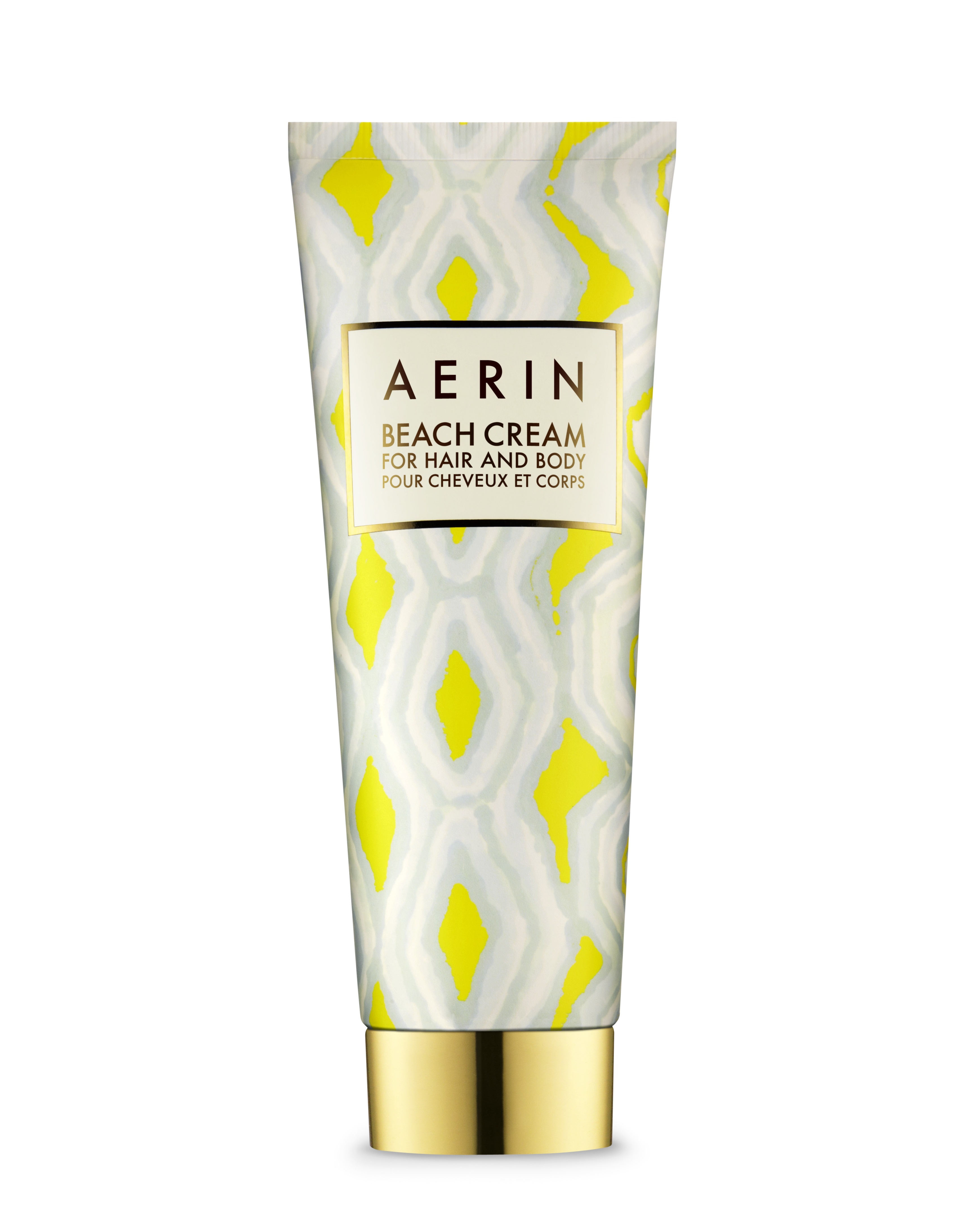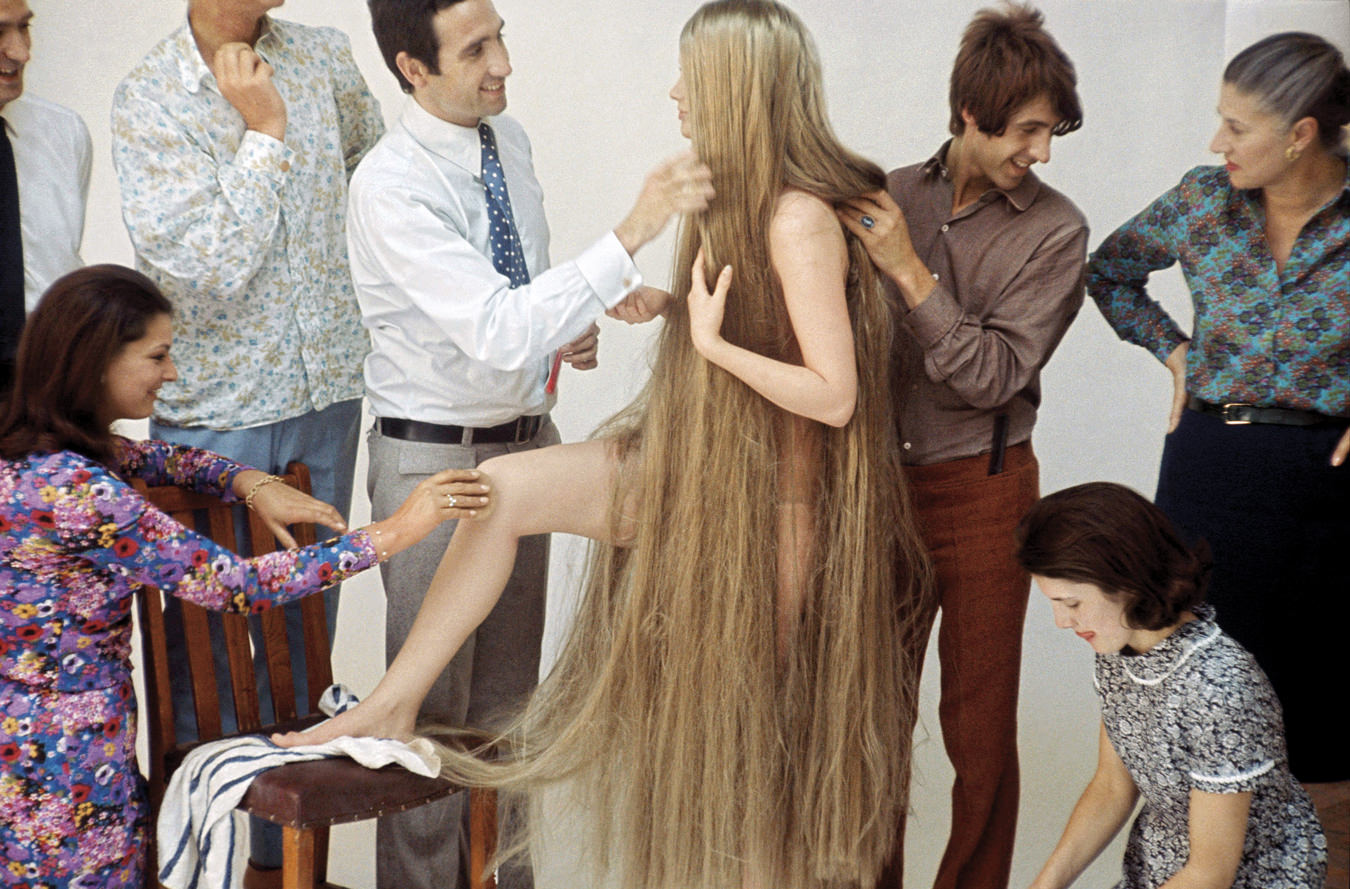What Is the Skinification of Hair, and Why Should We Care?
Hair-care grows up.
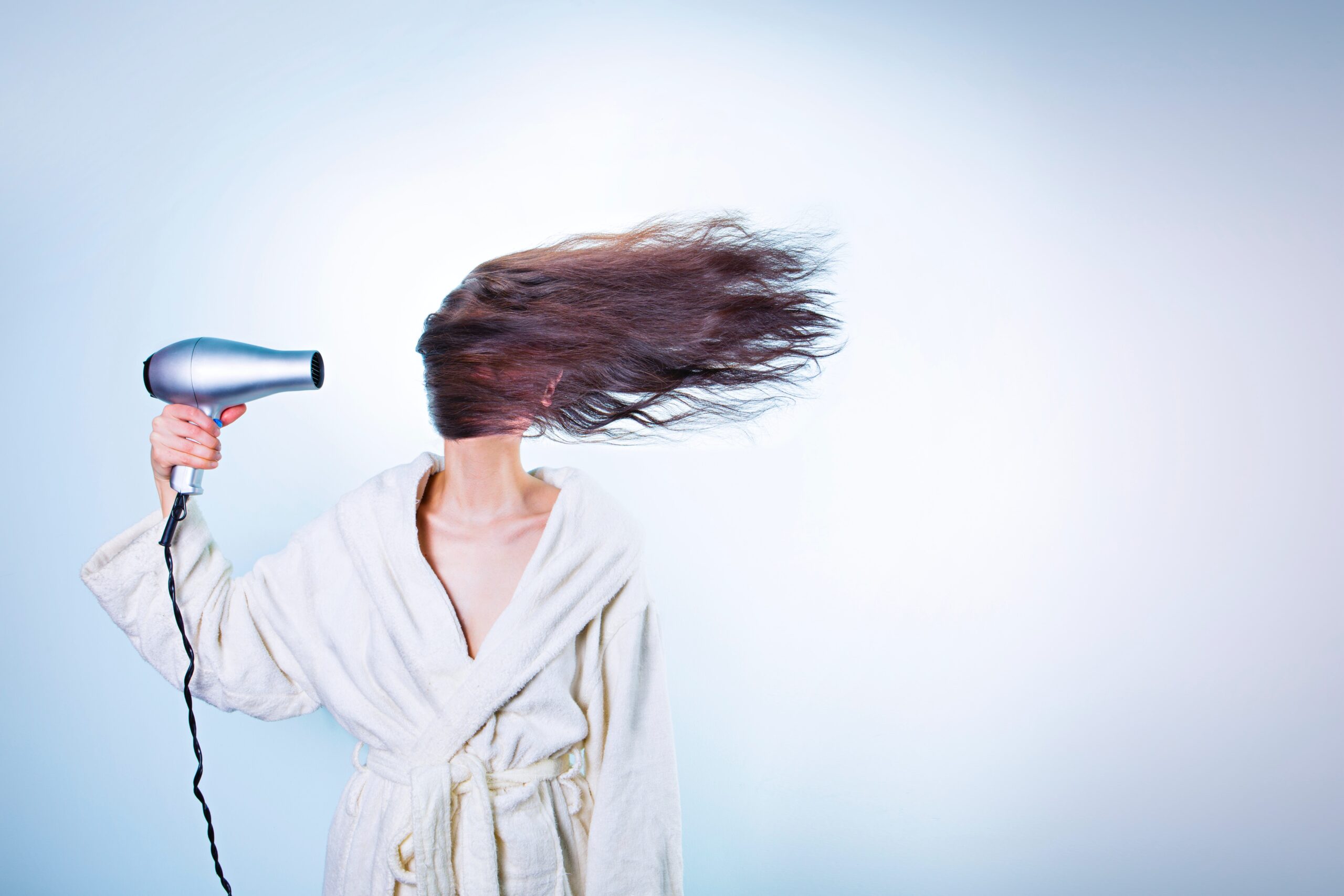
Ten years ago, at the behest of my then-editor, I got my unkempt wavy hair cropped very short. It was pretty, stylish, and best of all, I didn’t have to do anything much with it—shampoo, conditioner, and I was good to go. So it’s stayed until quite recently, when I decided to stop colouring my hair and grow out my greys. My hair is now longer than it’s been in a decade, and recently I realized I probably needed to put some work into keeping it looking good, but when I looked around, I was surprised. A decade ago hair care was simple—most people I knew used a shampoo and conditioner, and maybe a mousse or spray. Now there seem to be dozens of product types with all kinds of functions: detoxing, volumizing, or even anti-aging. I’d written about them before, but to suddenly be faced with all this choice was overwhelming.
My experience is borne out by the statistics. The Canadian hair-care market is predicted to grow by 6.6 per cent a year between now and 2025. There’s even a term for it: skinification. It’s the idea that hair care is becoming more like skin care, with more steps and product types, more luxurious or targeted ingredients, and higher price tags.
Is it all marketing? The skin-care world is saturated, so beauty brands need to find a new way to take our dollars? There is a bit of that, but it’s also true that the more I do to my hair, the better it looks. The products I’m trying now are also more effective than the ones I used a decade ago—I need less of them to get good results—and they leave my hair soft and shiny. “It’s just like the gym. You can’t stop going for two months and expect to still have that same body,” says Kay Cola, founder of LA-based OrganiGrowHairCo. “Having good hair—healthy hair—is a lifelong commitment.”
What’s your type?
Perhaps the biggest change to the hair market is the acknowledgement that people have different hair types and textures. Hair care is analogous to both skin care and makeup, in that it’s about having hair and a scalp that are healthy and clean but also achieving a look. “Hair care now is results oriented,” explains Shai, founder of Pome studio.
“Kevin Murphy describes his range as skin care for hair. He uses ingredients you would find in skin care, such as antioxidants, and all his products are designed to fix a problem or achieve a goal—say, if you have frizzy hair that you’ve bleached too much, or if you feel your blond isn’t looking nice anymore.”
Cola’s line is aimed mostly at people with curly hair, a group that’s been never been well served, and she wants everyone to understand more about hair type. “African American people can have 1A hair [the straightest type], and Caucasian people can have 4C hair [coiled and tight curled],” she says. “What’s important is for people to know factors like their hair texture, porosity, and density and choose their products based on that.”
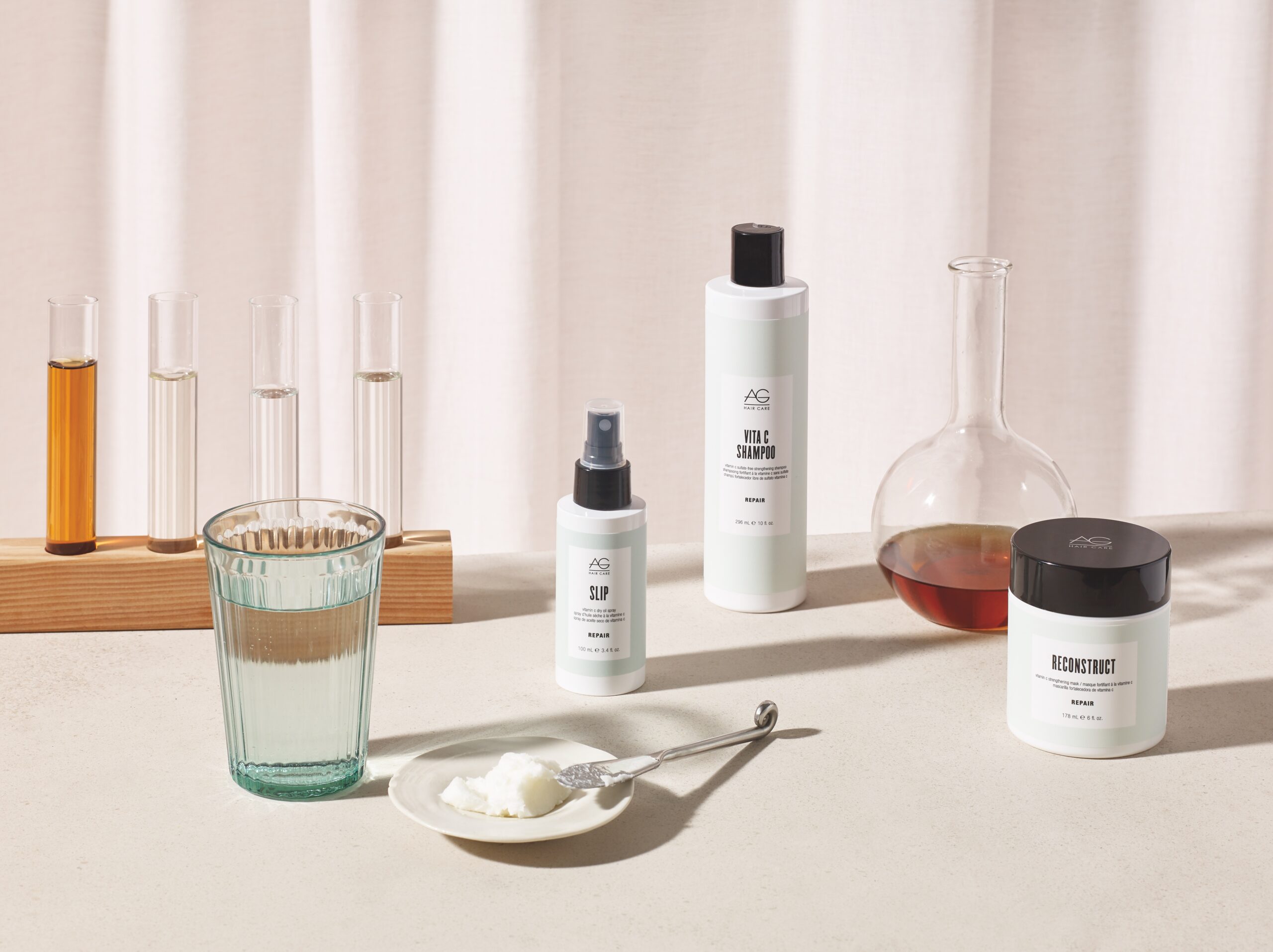
Ingredient focus
AG Hair’s Reconstruct line is based on vitamin C and squalane—its rich Strengthening Mask has been a mane-changer for me, as has its polyphenol-infused Sterling Silver Mask. Shu Uemura has incorporated its signature Depsea water skin-care ingredient into its Art of Hair range, and Aveeno uses friendly bacteria in its Kefir Probiotic Blend range.
It’s debatable how much of these ingredients can actually penetrate your hair and change it, since hair isn’t made of living cells, though the temporary cosmetic effect is real. Olaplex and its many imitators work on a fundamental level to actually repair broken bonds so that hair becomes stronger and more resilient (previously, split ends and severely damaged hair had to be cut off). Shai believes it’s the most important hair-care innovation of the past decade. “Because of it, we are able to do things like lightening hair to white, which previously would have been too harsh for most hair types,” she says.
Root causes
There’s a growing interest in products that treat the scalp, which makes sense since that’s where healthy hair starts. Just like your face, you can exfoliate your scalp to remove dead cells and buildup from products, and regulate oil production. Physical scrubs are used in place of shampoo and contain sugar for exfoliation. These are good for oily hair and scalps, but they can be drying. Alternatively, opt for products with the skin-care favourite micellar water to gently remove buildup.
Naturally good
One of the biggest trends in beauty over the past decade has been the move toward natural ingredients, and hair care is no exception. Cola believes this will be the future of the industry—her products are organic and vegan. A notable improvement is with products aimed at women of colour. “Those products in the past have been really cheap, and the ingredients really awful,” she says. “There are more options available to us now, which is so awesome, and packaging is looking a lot better. When you buy a product, you want to feel like it’s luxurious.”
Lifelong learning
Just like skin-care experts, Shai and Cola believe that education is necessary for finding hair care that works for you. Asking your hair stylist at an appointment or over the phone, just as you’d talk to your dermatologist or aesthetician about your skin, is a great option, since they’re almost as familiar with it as you are. The internet has a wealth of information about figuring out how to work with your hair texture, and most brands will be receptive to an email or Instagram message looking for guidance. Cluelessly grabbing what’s on offer at the drugstore is no longer the only resort, and while it does require a little effort, I’m finding now that every day can be a good hair day.
Passionate about haircare? We are too. You can access our archive on the subject here.
________
Never miss a story. Sign up for NUVO’s weekly newsletter here.

